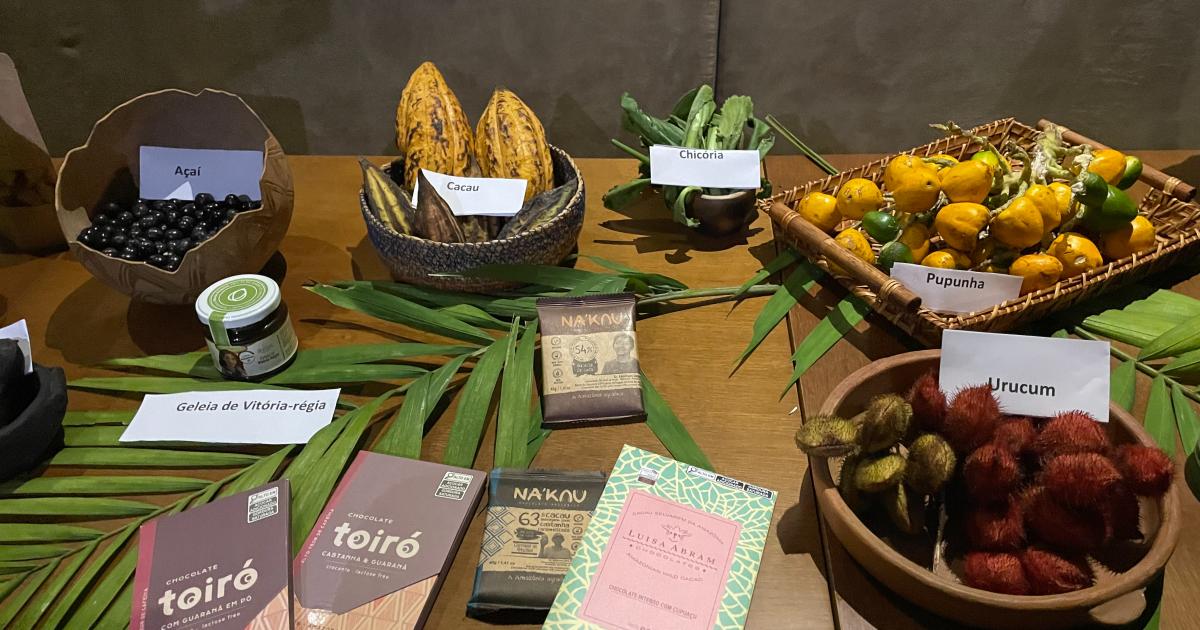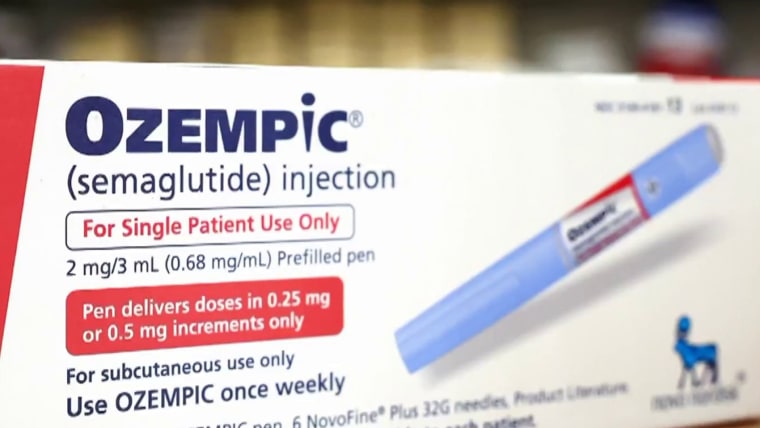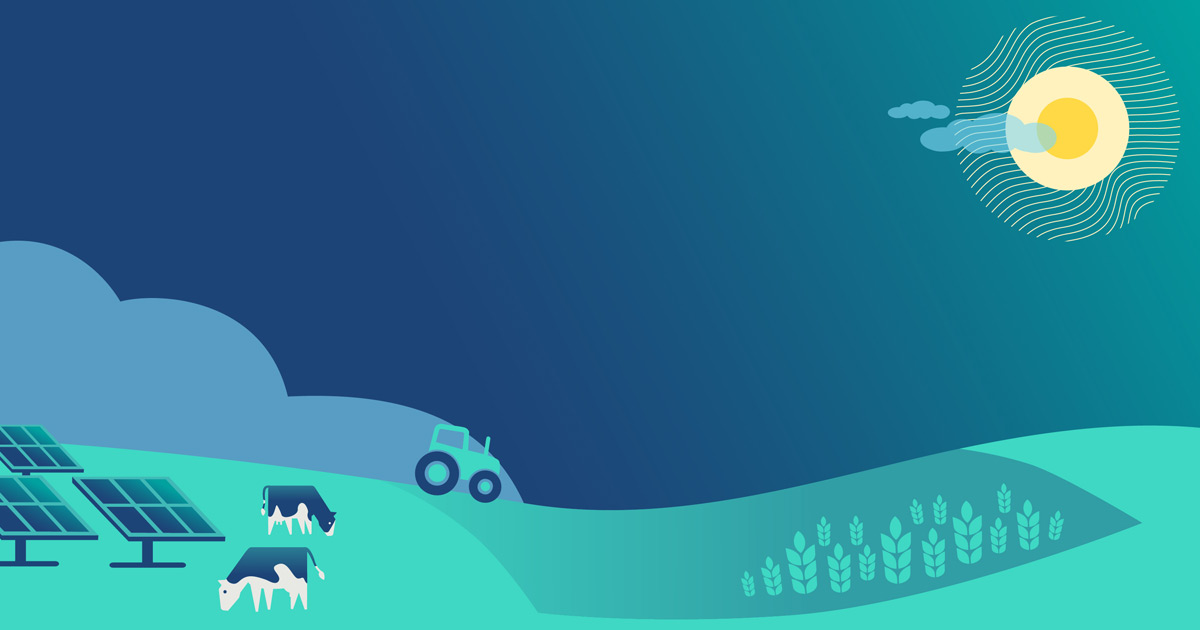COP30 shines spotlight on sociobioeconomy – The Ecologist

Report on Sustainable Food Sourcing at COP30 and Alignment with Sustainable Development Goals (SDGs)
1.0 Introduction: A Framework for Sustainable Procurement
The food procurement strategy for the upcoming COP30 conference is being structured to serve as a model for sustainable practices, with a significant emphasis on aligning with the United Nations’ Sustainable Development Goals (SDGs). The core principle is to ensure all food sourcing is traceable, with transparent information on social and environmental impacts made available to delegates. This approach directly supports SDG 12 (Responsible Consumption and Production) by promoting sustainable public procurement practices.
2.0 Upholding Local Traditions and Ensuring Food Security
2.1 Reversal of Initial Ban on Traditional Foods
An initial policy decision by the organizing body to ban several traditional Amazonian food staples, including açaí, tucupi, and maniçoba, due to contamination concerns, was met with significant opposition. A coalition of local food businesses and non-profits successfully advocated for the reversal of this ban, highlighting the importance of these foods to the diet and culture of Amazonian populations. This action reinforces principles of SDG 2 (Zero Hunger) by protecting access to nutritious and culturally significant food sources.
2.2 Showcase of Amazonian Biodiversity
The official menu for COP30 will feature a variety of unique, locally sourced ingredients that represent the rich biodiversity of the Amazon. These include:
- Canhapira: A traditional dish from the Marajó Island indigenous community.
- Jambu: A local herb with distinct sensory properties.
- Cupuaçu: A fruit from a native rainforest tree.
- Pirarucu: An iconic Amazonian fish species.
3.0 Empowering Local Communities for Economic Growth and Poverty Reduction
3.1 Case Study: Raimunda Rodrigues and Mazô Maná
The initiative actively supports local producers, contributing to SDG 1 (No Poverty) and SDG 8 (Decent Work and Economic Growth). Raimunda Rodrigues, a community leader, co-founded Mazô Maná, a company that produces nutritional products sourced directly from the rainforest.
- Direct Sourcing: The company purchases 14 different ingredients, including babassu and Brazil nuts, directly from traditional communities and family farmers.
- Fair Pricing: Producers are paid a price above the standard market rate, ensuring equitable economic returns and contributing to the reduction of inequalities as outlined in SDG 10 (Reduced Inequalities).
- Economic Empowerment: This model bypasses intermediaries, allowing communities to gain greater financial independence and build resilient local economies, a key target of SDG 11 (Sustainable Cities and Communities).
4.0 Integrating Climate Action and Biodiversity Conservation
4.1 Addressing Climate Change Impacts
Local producers report direct impacts of climate change, such as the complete failure of the Brazil nut harvest in one community. This underscores the urgency of climate action. The sourcing strategy emphasizes the value of standing forests as a critical tool for climate mitigation, directly aligning with SDG 13 (Climate Action). The empowerment of local and indigenous communities, who are proven stewards of the forest, is presented as the most effective method to prevent deforestation.
4.2 Agroforestry as a Model for Biodiversity
The report highlights the work of producers like Pedro da Gabriela, who utilizes an agroforestry system for cacao farming. This practice is a powerful example of achieving SDG 15 (Life on Land).
- Habitat Preservation: By growing shade-adapted cacao varieties alongside native trees, the system preserves and restores forest ecosystems.
- Biodiversity Indicators: The presence of the Uirapuru bird, a species that thrives only in well-preserved native forests, serves as a key indicator of the farm’s high environmental quality.
- Sustainable Supply Chains: Da Gabriela and 40 other small producers supply their cocoa to Cacauway, a local chocolate factory, demonstrating a viable, sustainable supply chain that supports both conservation and local enterprise.
5.0 The Sociobioeconomy: A Pathway to Sustainable Development
5.1 Defining the Sociobioeconomy
The COP30 food initiative champions the concept of a “sociobioeconomy.” This model advances beyond a standard bioeconomy by explicitly incorporating the social and cultural knowledge of indigenous peoples and traditional communities in the sustainable management of ecosystems. This integrated approach is fundamental to achieving multiple SDGs simultaneously, as it generates economic value while promoting conservation.
5.2 Economic Potential and National Strategy
The sociobioeconomy model demonstrates significant potential for sustainable growth. A study by The Nature Conservancy (TNC) projected that Pará’s sociobioeconomy could generate over R$170 billion by 2040. In response, the Brazilian government has launched a national bioeconomy strategy. However, civil society organizations stress the importance of the “socio” prefix to ensure the strategy prioritizes human well-being and prevents the monopolistic exploitation of natural resources.
6.0 Creating a Lasting Legacy
6.1 Policy Influence and Future Conferences
The “Na Mesa da COP30” organization aims to leverage the event to create a lasting legacy of sustainable food policies that support family farming. Key objectives include:
- Monitoring and Reporting: The organization will monitor the execution of the procurement rules and produce an independent report to serve as a model for future international conferences.
- Building Infrastructure: By increasing recognition for Amazonian food products, the initiative aims to stimulate permanent investment in infrastructure to support family farms.
- Partnerships for the Goals: This multi-stakeholder effort, involving non-profits, government, and local communities, exemplifies SDG 17 (Partnerships for the Goals).
The ultimate goal is to reframe food at major events not as a simple commodity, but as a powerful and integrated form of climate action and a vehicle for sustainable development.
Sustainable Development Goals (SDGs) Addressed in the Article
SDG 1: No Poverty
- The article highlights efforts to improve the economic well-being of local and traditional communities. It describes how producers like Raimunda Rodrigues moved from selling products cheaply to intermediaries to earning money more directly. The company Mazô Maná supports this by buying ingredients “at a price above market prices,” directly contributing to poverty reduction and improving livelihoods for family farmers.
SDG 2: Zero Hunger
- The focus on sourcing food from local “family farming” and “small producers” for COP30 directly relates to supporting sustainable agriculture and small-scale food producers. The article discusses nutritious, traditional Amazonian foods like açaí, cupuaçu, and Brazil nuts, promoting food security and improved nutrition through local, biodiverse food systems.
SDG 8: Decent Work and Economic Growth
- The article introduces the concept of a “sociobioeconomy,” which aims to create economic value from biological resources in a sustainable and socially inclusive way. It cites a study projecting that Pará’s sociobioeconomy could “generate more than R$170 billion in revenue by 2040,” promoting sustained, inclusive, and sustainable economic growth by creating value chains for local communities.
SDG 12: Responsible Consumption and Production
- A central theme is the promotion of sustainable food practices at COP30. The demand that “Sourcing must be traceable, with information publicised in menus” is a direct call for sustainable consumption patterns. The article discusses avoiding the over-commercialization of single products to prevent monocultures, advocating for diversified and responsible production.
SDG 13: Climate Action
- The article explicitly links forest preservation with climate change mitigation. It states that the sociobioeconomy helps capture carbon, as “for each kilogramme of a cocoa bean or rubber from those communities, carbon is captured.” It also mentions the negative impacts of climate change, such as the failed Brazil nut harvest, reinforcing the urgency of climate action.
SDG 15: Life on Land
- The article is rich with examples related to protecting terrestrial ecosystems. It emphasizes that “the best way to stop deforestation is empower the local communities.” The story of Pedro da Gabriela, who converted a sugar cane plantation into an agroforestry system and maintains 200 hectares of forest for preservation, directly illustrates actions to halt deforestation, restore degraded land, and halt biodiversity loss.
Specific SDG Targets Identified
SDG 1: No Poverty
- Target 1.2: By 2030, reduce at least by half the proportion of men, women and children of all ages living in poverty in all its dimensions according to national definitions. The article supports this by describing initiatives that provide higher-than-market prices to local producers, directly increasing their income and reducing poverty.
- Target 1.4: By 2030, ensure that all men and women, in particular the poor and the vulnerable, have equal rights to economic resources. The creation of a ‘cantina’ or trading post allowed producers to “sell their products and receive money and goods on the spot,” improving their access to economic resources.
SDG 2: Zero Hunger
- Target 2.3: By 2030, double the agricultural productivity and incomes of small-scale food producers, in particular women, indigenous peoples, family farmers… The article focuses on supporting “family farming” and “small producers in the COOPATRANS cooperative,” aiming to increase their income and recognition.
- Target 2.4: By 2030, ensure sustainable food production systems and implement resilient agricultural practices. The promotion of agroforestry systems, as practiced by Pedro da Gabriela who grows cacao “adapted to grow in shade,” is a prime example of a sustainable and resilient agricultural practice.
SDG 12: Responsible Consumption and Production
- Target 12.1: Implement the 10-Year Framework of Programmes on Sustainable Consumption and Production Patterns. The entire “Na Mesa da COP30” initiative, with its procurement rules for traceable and sustainable food, is an application of this target.
- Target 12.8: By 2030, ensure that people everywhere have the relevant information and awareness for sustainable development and lifestyles. The requirement for menus at COP30 to publicize information on the “social and environmental impacts of meals” directly addresses this target.
SDG 13: Climate Action
- Target 13.2: Integrate climate change measures into national policies, strategies and planning. The launch of “a national bioeconomy strategy” by the Brazilian government is a clear example of integrating climate-friendly economic models into national policy.
SDG 15: Life on Land
- Target 15.2: By 2030, promote the implementation of sustainable management of all types of forests, halt deforestation, restore degraded forests and substantially increase afforestation and reforestation globally. The article champions the idea that empowering local communities is the “best way to stop deforestation” and highlights agroforestry as a method of “Farming Without Burning.”
- Target 15.5: Take urgent and significant action to reduce the degradation of natural habitats, halt the loss of biodiversity and, by 2027, protect and prevent the extinction of threatened species. Pedro da Gabriela’s effort to transform his land into a preservation space for the Uirapuru bird, resulting in “an area of 200 hectares dedicated to the protection,” is a direct action towards this target.
Indicators for Measuring Progress
- Biodiversity as an Indicator: The article explicitly mentions the Uirapuru bird as “an indicator of environmental quality.” The presence and population size (“six pairs on his land”) of such species serve as a direct measure of ecosystem health and the success of conservation efforts.
- Area of Conserved Land: A quantitative indicator mentioned is the amount of land dedicated to preservation. The article specifies that the farmer “maintains an area of 200 hectares dedicated to the protection of the Uirapuru,” which is a measurable outcome of conservation action.
- Economic Revenue from Sustainable Practices: The potential of the sociobioeconomy to “generate more than R$170 billion in revenue by 2040” is a key economic indicator for measuring the success of shifting to a sustainable, bio-based economy.
- Traceability and Information Disclosure: An implied process indicator is the implementation of transparent supply chains. The goal for “Sourcing must be traceable, with information publicised in menus” can be measured by the percentage of food items at an event like COP30 that have publicly available traceability data.
- Fair Trade Pricing: The practice of paying a “price above market prices” to local communities is a measurable indicator of social equity in the supply chain. This can be tracked by comparing the prices paid to producers against standard market rates.
- Deforestation Rates: The article implies that deforestation maps are an indicator. The statement “where there are traditional communities, there are standing forests” suggests that comparing deforestation rates in areas managed by local communities versus other areas can measure the effectiveness of community-led conservation.
Summary of SDGs, Targets, and Indicators
| SDGs | Targets | Indicators |
|---|---|---|
| SDG 1: No Poverty | 1.2: Reduce poverty in all its dimensions. 1.4: Ensure equal rights to economic resources. |
– Payment of “a price above market prices” to local producers. – Direct access to markets for family farmers. |
| SDG 2: Zero Hunger | 2.3: Double the incomes of small-scale food producers. 2.4: Ensure sustainable food production systems. |
– Use of agroforestry systems (“Farming Without Burning”). – Sourcing from family farms and small producer cooperatives. |
| SDG 8: Decent Work and Economic Growth | 8.4: Improve global resource efficiency in consumption and production. | – Projected revenue from the sociobioeconomy (“R$170 billion in revenue by 2040”). |
| SDG 12: Responsible Consumption and Production | 12.1: Implement sustainable consumption and production patterns. 12.8: Ensure people have information for sustainable lifestyles. |
– Traceable sourcing with information publicized on menus. – Independent report on food practices to be used by future conferences. |
| SDG 13: Climate Action | 13.2: Integrate climate change measures into national policies. | – Launch of a national bioeconomy strategy by the government. – Carbon capture through the production of forest products. |
| SDG 15: Life on Land | 15.2: Halt deforestation. 15.5: Halt biodiversity loss. |
– The Uirapuru bird as an “indicator of environmental quality.” – Area of preserved land (200 hectares). – Reduced deforestation rates in community-managed areas. |
Source: theecologist.org
What is Your Reaction?
 Like
0
Like
0
 Dislike
0
Dislike
0
 Love
0
Love
0
 Funny
0
Funny
0
 Angry
0
Angry
0
 Sad
0
Sad
0
 Wow
0
Wow
0
















































:focal(1500,1000)/https://media.globalcitizen.org/a6/9a/a69a4720-d8a1-4715-b596-18738d03c05c/rotary_polio_hero_image.jpg?#)







/countries/sri-lanka/photo-credit---dmc-sri-lanka.tmb-1200v.jpg?sfvrsn=dc298bcc_1#)


















